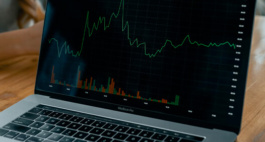
Why should you join our Funded Trader Program?
- Fully funded trading account.
- Big profits 50-50 % profit split.
- Mobile International Trading.
- You’re not liable to losses.
- 10% Drawdown.
- Robust Technology and Deep Institutional Liquidity.

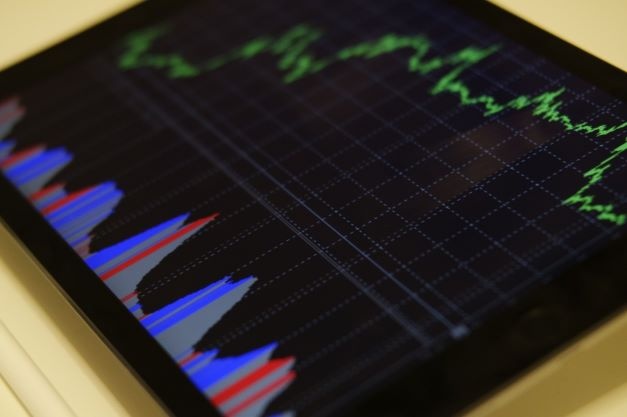
Forex Currency Pairs
Thanks to its round-the-clock trading, the global forex market continues to attract investors drawn from around the world. It’s what has helped make it the biggest market today.
Continuous trading is possible as the FX market falls into four trading sessions: Sydney, London, New York, and Tokyo.
Understanding the Sydney session forex pairs, market hours, and the best times to execute trades in different sessions can help you earn a tidy profit.
Below, you’ll learn everything there’s to learn about the Sydney session, including the best pairs to trade during the Sydney session.
The Sydney session is the most appealing for traders, primarily due to favorable forex market hours. FX market hours refer to the schedule forex participants need to observe when trading.
Typically, the market operates round the clock during the week but remains closed on weekends. But weekends are often squeezed during the different time zones.
Although there is a time overlap in the trading sessions, traders are quick to accept that the time zones below are the most active for the four trading sessions:
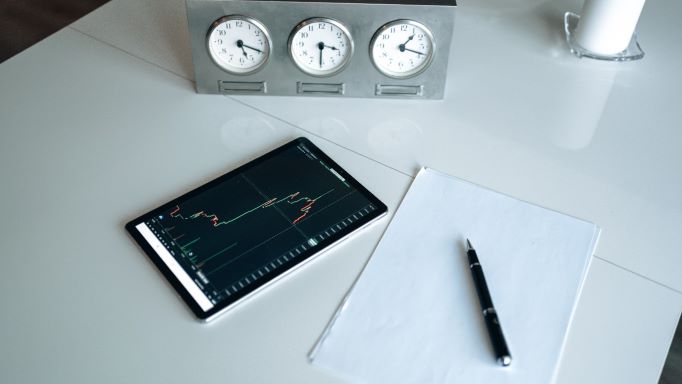
London and New York trading sessions are the busiest of the four, and their overlap accounts for the highest volume of trades on any given day.
It’s not uncommon for traders to feel lost when trying to determine which trading strategies to apply for major currency pairs and exotic currency pairs.
Another thing most traders can’t seem to settle on is whether to become a day trader, scalper, news trader, position trader, or swing trader. All these are different trading strategies.
Knowing which strategy to use can ensure you don’t fail while others succeed. Depending on how you would like to execute your trades, below are some strategies to consider:
Knowing which strategy works best for you can help you save weeks of wasted effort, time, money, and endless frustration. Ensure you ask yourself three questions before trading:
You should learn to draw support and resistance to make it as a trader. Without this, you’ll likely use the wrong strategy, causing you to experience untold losses.
A currency pair refers to a quotation of two diverse currencies. Here, one currency gets quoted against another.
In currency pairs, the currency listed first is called the base currency. The second currency is, in this case, the benchmark and is known as the quote.
You need to compare currency pairs against each other to understand how much of the quote currency is needed to purchase a single unit of the base currency.
Normally, there’s a three-letter symbol associated with each currency, helping you easily identify the currencies during the Sydney session.
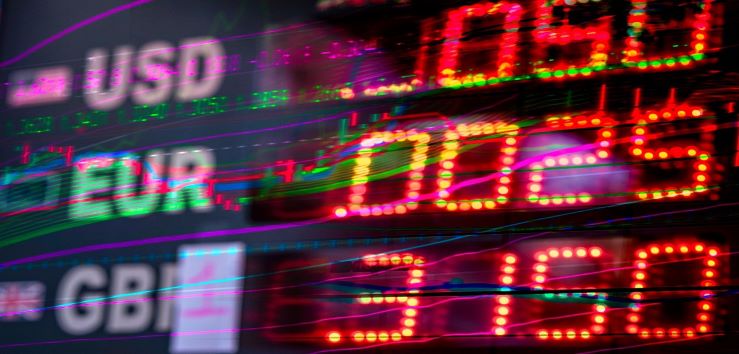
You can choose to trade several currency pairs during the Sydney session. They include USD/JPY, AUD/NZD, EUR/USD, USD/CHF, and GBP/USD.
But while there are several to consider, there are two currency pairs that easily stand out:
The USD/JPY pairing is closely related, and the value of one can quickly influence the value of the other.
Looking at this pairing, you get to see how many Japanese Yens you need to buy a single US dollar. It also serves as the most popular pairing during the Sydney session.
The AUD/USD pair is the most traded pairing during the Sydney trading session. Day traders love it because of its high volatility, performance, and stability.
The Sydney/Tokyo session overlap occurs from 2 am to 4 am EST and represents a period when both markets are open simultaneously.
You can expect high volatility and liquidity during this period, making it the best time to execute your trades.
However, this overlap isn’t as volatile as the US/London one, although it offers some exciting trading opportunities.
The best currency pair to trade during the Sydney/Tokyo overlap is the EUR/JPY pair.
No single pair stands out from the rest when it comes to the Sydney session. However, the AUD/USD and USD/JPY pairs tend to offer better returns than the others.


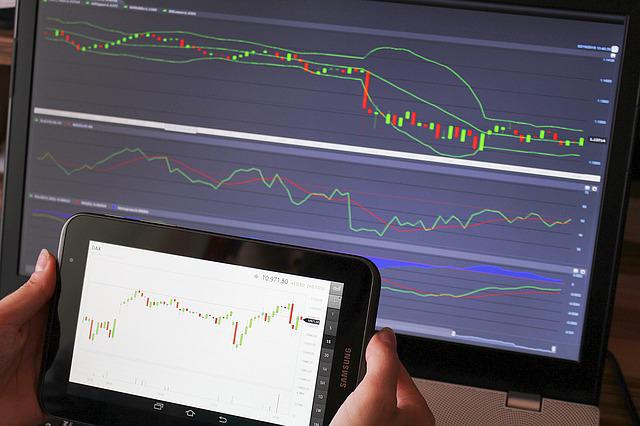
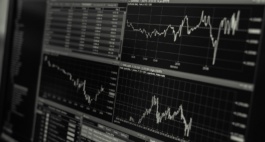
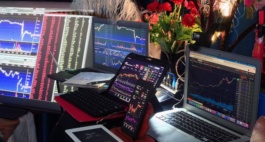


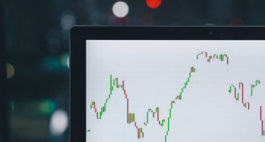

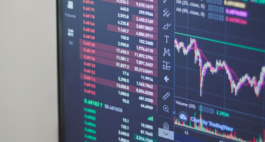
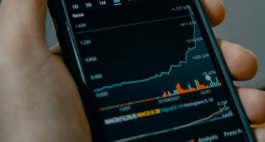
Common currency pairs you’re likely to encounter during the Sydney session include the EUR/JPY, AUD/USD, NZD/USD, and USD/JPY pairs.
The best time to trade is between 2 am and 4 am when the Sydney/Tokyo overlap is underway. It’s a period characterized by high liquidity and increased trade volumes.
The Japanese economy is influenced heavily by the manufacturing sector instead of the commodities market, which has helped strengthen the Yen. It’s also what has helped it perform better than all the other major currencies.